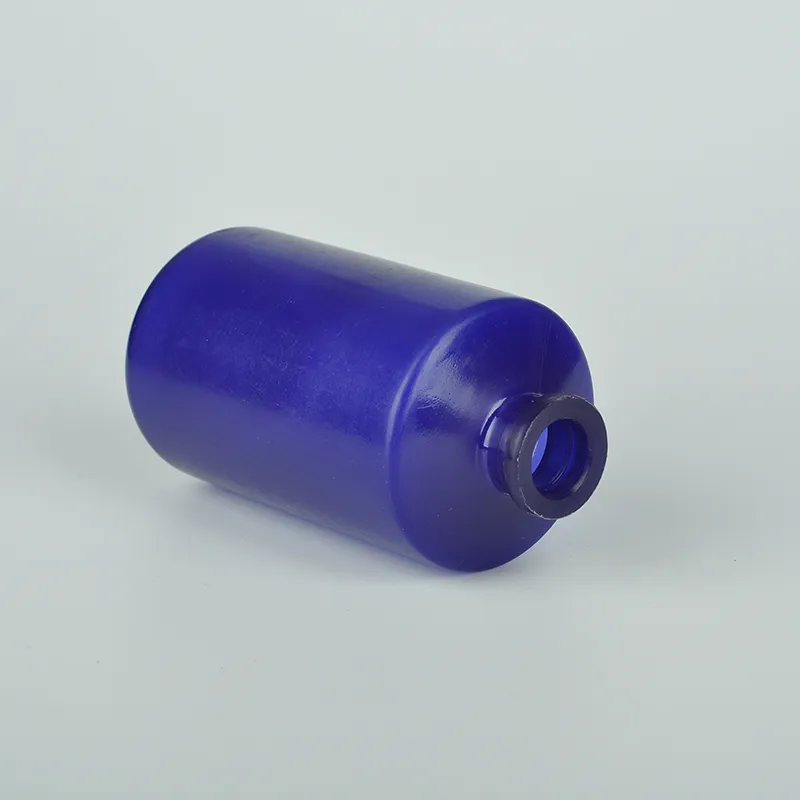Functionality of Narrow Mouth Reagent Bottles in Laboratory Applications
The Function and Importance of Narrow Mouth Reagent Bottles
In the realm of laboratory ware, the narrow mouth reagent bottle stands out as a fundamental container designed for storing and handling various chemicals and reagents. These bottles, characterized by their slim necks, serve multiple functions that make them indispensable in academic, industrial, and research settings. This article delves into the function, design, advantages, and safety considerations associated with narrow mouth reagent bottles, highlighting their significance in laboratory operations.
Design and Features
Narrow mouth reagent bottles are typically made from glass or high-grade plastic. The narrow neck is designed to minimize the risk of spills and evaporation of volatile substances, while the broad base provides stability. The design also aids in controlling the pouring of liquids, allowing for precise dispensing without excessive splashing. Most of these bottles come with secure, screw-top caps or stoppers that create a tight seal, further ensuring the longevity and integrity of the contents.
The capacity of narrow mouth reagent bottles can vary significantly, ranging from a few milliliters to several liters. This versatility makes them suitable for a wide array of laboratory tasks, from the storage of small samples to larger quantities of reagents needed for experiments. Many of these bottles are also marked with graduation lines to help users measure the contents accurately.
Functions in the Laboratory
The primary function of narrow mouth reagent bottles is the safe storage of chemicals and reactive substances. Laboratories routinely handle a multitude of reagents that can be harmful, corrosive, or sensitive to light and air. The narrow mouth design significantly reduces the surface area exposed to air, thus limiting oxidation and contamination of the stored substances. This feature is particularly important for volatile chemicals that may evaporate quickly if not properly contained.
Moreover, these bottles facilitate easy mixing and pouring. When working with powdered or granular substances, the narrow neck helps to prevent spillage during transfer. Researchers and laboratory technicians can use these bottles to prepare solutions by combining different reagents while ensuring that the operations are performed in a controlled manner.
In addition to storage and dispensing, narrow mouth reagent bottles are instrumental during the analytical processes. Considering the precise measurements required in experiments, these bottles allow for accurate sampling and handling. Researchers can also label their bottles for easy identification, reducing the risk of cross-contamination and errors.
narrow mouth reagent bottle function

Advantages
The advantages of narrow mouth reagent bottles extend beyond their functional design. Their narrow neck minimizes the risk of contamination, which is vital in maintaining the purity of sensitive reagents. Furthermore, the effective sealing mechanisms reduce the potential for leakage and evaporation, ensuring that the reagents remain stable over time.
Another significant advantage of these bottles is their compatibility with a variety of closures. They can be fitted with different types of caps or stoppers, including those made from cork, rubber, or plastic, depending on the nature of the chemical being stored. This adaptability enhances their usability across various laboratory applications.
Narrow mouth reagent bottles are also designed to withstand a range of conditions. Glass variants, for example, are resistant to many chemicals and can endure high temperatures, making them suitable for both storage and heating applications.
Safety Considerations
While narrow mouth reagent bottles provide numerous benefits, safety must always be a primary concern in any laboratory environment. It is crucial to ensure that the bottles are made from materials compatible with the stored chemicals to prevent reactions that could lead to hazardous situations. Additionally, proper labeling of bottles, including storage instructions and hazard warnings, is essential in promoting a safe working environment.
Furthermore, when handling narrow mouth reagent bottles, users should adopt best practices such as using gloves and safety glasses. They should also be trained in the proper techniques for pouring and transferring materials to minimize the risk of accidents.
Conclusion
In summary, narrow mouth reagent bottles serve a pivotal role in laboratory settings through their effective design and functionality. They enable the safe storage, mixing, and dispensing of various chemicals while promoting accuracy and minimizing contamination risks. The advantages they offer coupled with a strong emphasis on safety make them an essential component in any laboratory operation. Whether in academic research, industrial applications, or quality control processes, narrow mouth reagent bottles ensure that laboratory work is conducted efficiently and effectively.
-
Aesthetic Makeup Spray Bottles | Fine Mist Empty RefillableNewsAug.19,2025
-
White Plastic Veterinary Vaccine Vials | Lab Liquid BottlesNewsAug.18,2025
-
Plastic Medicine Liquid Bottle: Secure Flip Top Drug VialsNewsAug.17,2025
-
Durable 250ml Blue Plastic Vaccine Vial for Lab & Vet UseNewsAug.16,2025
-
Sterile Virus Sample Tubes: Secure & Reliable Specimen CollectionNewsAug.15,2025
-
White 250ml Plastic Vaccine Vial for Lab & Vet MedicineNewsAug.14,2025
























